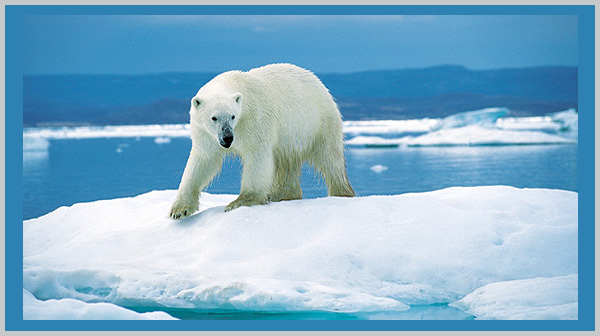
Spotlight on Global Climate Change
Carbon dioxide and other greenhouse gasses in the Earth’s atmosphere trap the sun’s heat and keep our planet warm. In the last 100 years, global levels of carbon dioxide have almost doubled as a result of human activities, particularly burning fossil fuels (oil, gas, and coal). Other gasses have also increased dramatically which have contributed to global climate change.
This increase in greenhouse gasses trap more heat, and scientists believe the average global temperature is rising as a result.
Climate change, both warming and cooling, has occurred naturally in the Earth’s history, bringing changes in biological communities. Some species have become extinct while others have shifted their geographic ranges. Many of species on Earth today survived global climate changes
Anthropogenic global climate change is occurring more quickly than the natural changes of the past. It is not clear if many species will be able to survive the rapid changes. The naturally slow dispersal rates of many trees and other plants may not be fast enough to keep up with global warming.
As a result, the already fragmented habitat will slow or prevent species from migrating to a more suitable habitat.
The protected areas we establish today may no longer be climatically appropriate for the species and ecosystems we want to conserve for the future.
Related Topics:
Explore:
Click here for Endangered Species Classroom Activities
Click here for Endangered Species Classroom Glossary